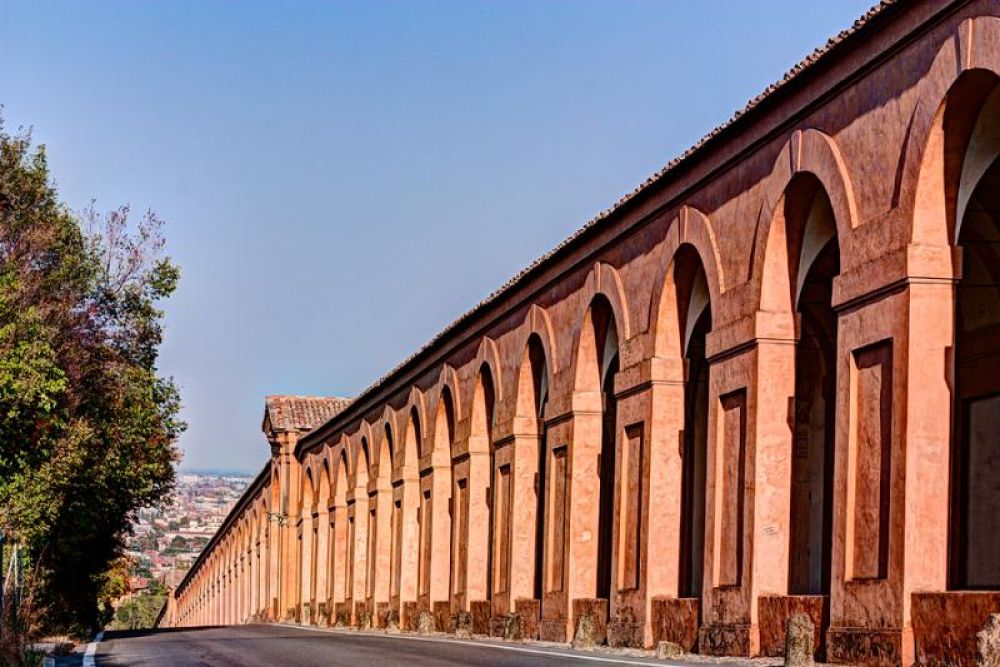

The city of Bologna, Italy, is not just a hub of culinary excellence and academic history, but also a center of remarkable architectural feats. Among these, the Portico of San Luca stands out as a symbol of devotion and artistry. It is one of the longest covered walkways in the world and an iconic site of cultural and religious significance that has attracted visitors far and wide throughout history.
The Portico of San Luca was constructed to connect the city of Bologna with the Sanctuary of the Madonna of San Luca, located on a hill overlooking the city. Its construction began in 1674 and was completed in 1732, spanning a remarkable 3.8 kilometers (over 2 miles) and consisting of 666 arches.
The portico was built to protect the icon of the Madonna as it was paraded annually from the sanctuary to the cathedral in Bologna’s city center. This religious tradition sparked the growth of tourism in the area, as pilgrims from across the region, and eventually from all over the world, traveled to Bologna to participate in the procession and witness the sacred icon.
The impressive design and scale of the Portico of San Luca is a key component of its draw as a tourist destination. Visitors are captivated by its elegance and the panoramic views it offers of the surrounding area. The portico is also admired for its series of chapels and artworks that punctuate the passage, allowing for contemplation and artistic appreciation.
Over the centuries, the Portico of San Luca has seen various phases of tourism. Initially, its primary visitors were religious pilgrims. However, as travel became more accessible, tourists began flocking to the area for its stunning vistas, the challenge of walking its length, and its peaceful atmosphere away from the bustling city center.
In recent times, the Portico of San Luca has benefitted from a growing interest in cultural and sustainable tourism. Tourists are increasingly drawn to experiences that incorporate physical activity, cultural immersion, and appreciation of historical sites, which walking the portico provides.
Furthermore, Bologna's citywide push to promote cultural heritage has seen investments in preserving and marketing its historical sites to international audiences. The Portico of San Luca features prominently in these efforts, with improved visitor facilities and initiatives that highlight its significance.
Today, the Portico of San Luca remains a must-visit destination for those coming to Bologna, offering an experience that beautifully combines nature, art, and spirituality. Walking the length of the portico is a popular activity among tourists, granting a unique perspective on the city and the countryside, culminating in the breathtaking view and serene grounds of the Sanctuary of San Luca.
Art enthusiasts and history buffs will find themselves enchanted by frescoes and artwork that date back to the 17th century, while enthusiasts of architecture marvel at the incredible feat of design and engineering that has stood the test of time.
The Portico of San Luca continues to be not only a cherished religious route but also a testament to Bologna's rich historical and cultural tapestry. As tourism trends evolve, the portico adapts, ensuring its relevance and appeal for generations of visitors to come.